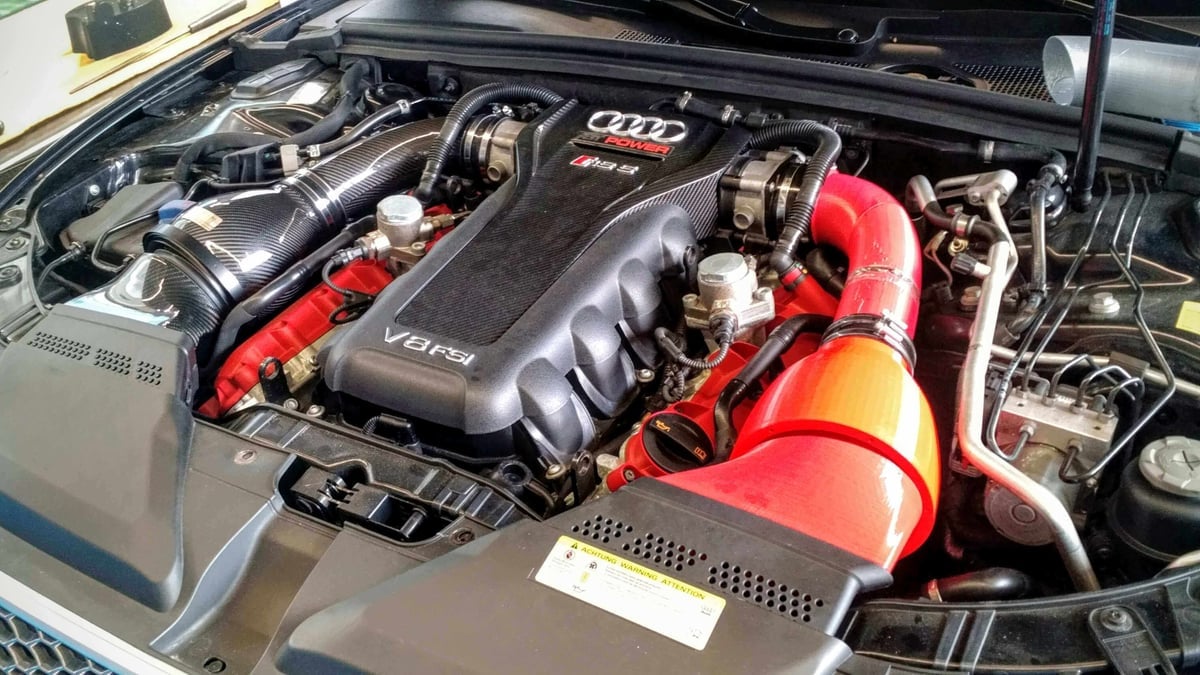NYU researchers release paper on 3D printing cybersecurity, exploring how additive manufacturing is vulnerable to industrial espionage.
The future of manufacturing will, no doubt, include 3D printing. That’s exciting, right? But will the connectivity of additive technologies lead to cybersecurity problems and real dangers for consumers? These researchers say yes.
This paper from a team of cybersecurity and materials engineers at the NYU Tandon School of Engineering shines a spotlight on several dangers in the future of additive manufacturing.
Published in the Journal of The Minerals, Metals & Materials Society (JOM), the researchers pinpointed two major areas where problems could occur; printing orientation, and the insertion of fine defects.
The problem lies in the fact that more and more 3D printers are being connected to the internet — in fact, connectivity is a major selling point for many new machines.
That connection, however, could allow for remote control, meaning hackers could infiltrate and tamper with a print without being detected. Especially in larger companies, where several printers are running at once, it would be incredibly difficult to keep an eye on every little detail.

Is 3D Printing Cybersecurity a Real Problem?
The big question is, how important are these “details?” In reality, the changes that would occur without being noticed could be very small, seemingly unimportant alterations.
The researchers, however, found that simply changing the orientation of the object during printing could cause a decrease in strength up to 25%.
These defects may go unnoticed at first, but, as a print becomes weaker over time due to exposure and external conditions, those minor alterations could cause huge problems. According to cybersecurity researcher, Said Karri:
“With the growth of cloud-based and decentralized production environments, it is critical that all entities within the additive manufacturing supply chain be aware of the unique challenges presented to avoid significant risk to the reliability of the product.”
For users, tampered prints could prove highly dangerous, as it would be nearly impossible to know that a printed design was not perfectly implemented. For companies selling and using the prints, the result could mean ample law suits and recalls.
Regulations and laws are struggling to keep up with technology, and there’s no doubt this weak link in 3D printing manufacturing will lead to changes as well as new tools and security solutions.
Read more on prnewswire or find the complete paper here.

License: The text of "3D Printing Cybersecurity Vulnerable to Hacking" by All3DP is licensed under a Creative Commons Attribution 4.0 International License.